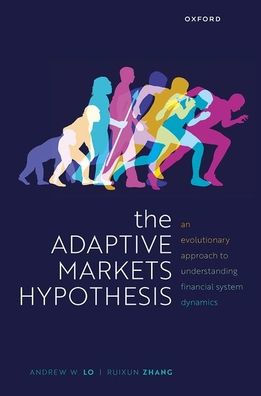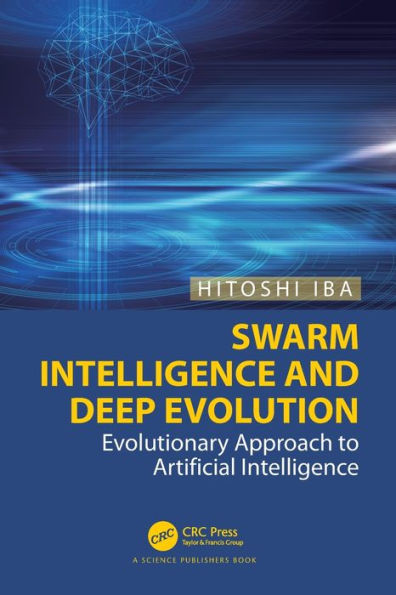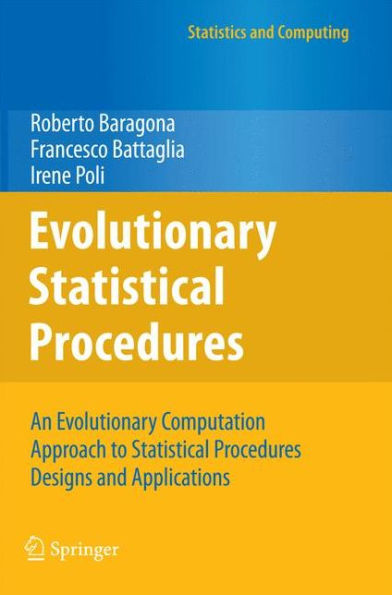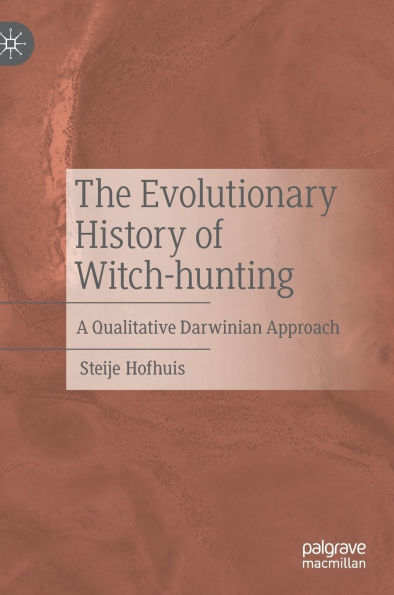Home
Geoecology: An Evolutionary Approach
Loading Inventory...
Barnes and Noble
Geoecology: An Evolutionary Approach
Current price: $240.00
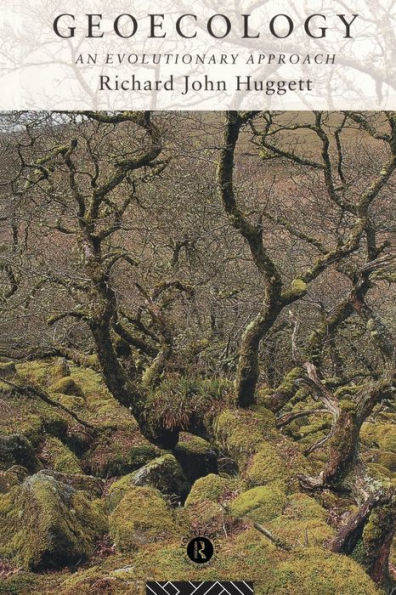

Barnes and Noble
Geoecology: An Evolutionary Approach
Current price: $240.00
Loading Inventory...
Size: Hardcover
*Product Information may vary - to confirm product availability, pricing, and additional information please contact Barnes and Noble
Animals, plants and soils interact with one another, with the terrestrial spheres, and with the rest of the Cosmos. On land, this rich interaction creates landscape systems or geoecosystems.
Geoecology
investigates the structure and function of geoecosystems, their components and their environment. The author develops a simple dynamic systems model, the ‘brash' equation, to form the conceptual framework for the book suggesting an ‘ecological' and ‘evolutionary' approach.
Exploring internal of ‘ecological' interactions between geoecosystems and their near-surface environments - the atmosphere, hydrosphere, toposhere, and lithosphere - and external influences, both geological and cosmic,
presents geoecosystems as dynamic entities constantly responding to changes within themselves and their surroundings.
An ‘evolutionary' view emerges of geoecological systems, and the animals, plants, and soils comprising them, providing a new way of thinking for the whole environmental complex and the rich web of interdependencies contained therein.
Geoecology
investigates the structure and function of geoecosystems, their components and their environment. The author develops a simple dynamic systems model, the ‘brash' equation, to form the conceptual framework for the book suggesting an ‘ecological' and ‘evolutionary' approach.
Exploring internal of ‘ecological' interactions between geoecosystems and their near-surface environments - the atmosphere, hydrosphere, toposhere, and lithosphere - and external influences, both geological and cosmic,
presents geoecosystems as dynamic entities constantly responding to changes within themselves and their surroundings.
An ‘evolutionary' view emerges of geoecological systems, and the animals, plants, and soils comprising them, providing a new way of thinking for the whole environmental complex and the rich web of interdependencies contained therein.

